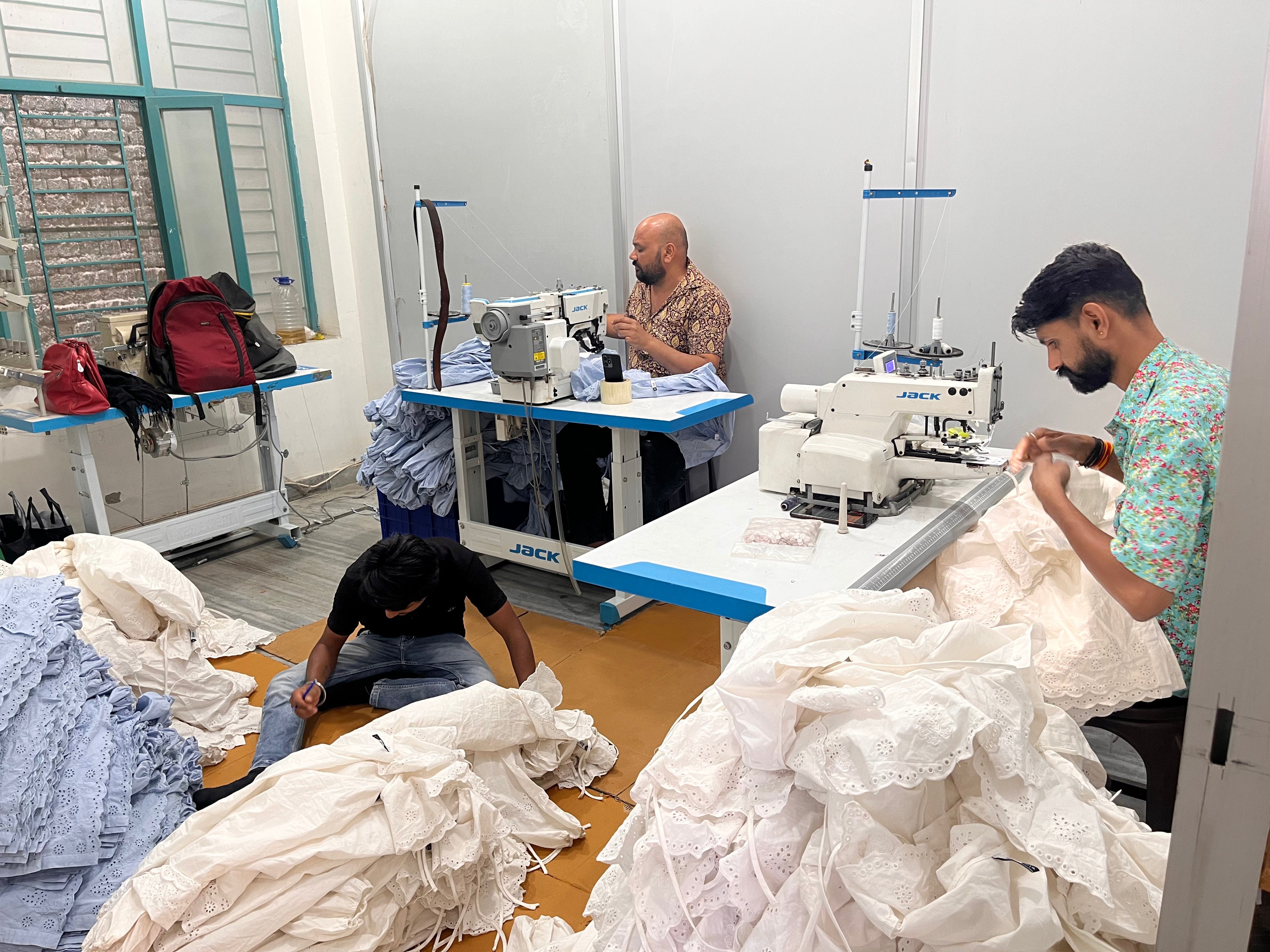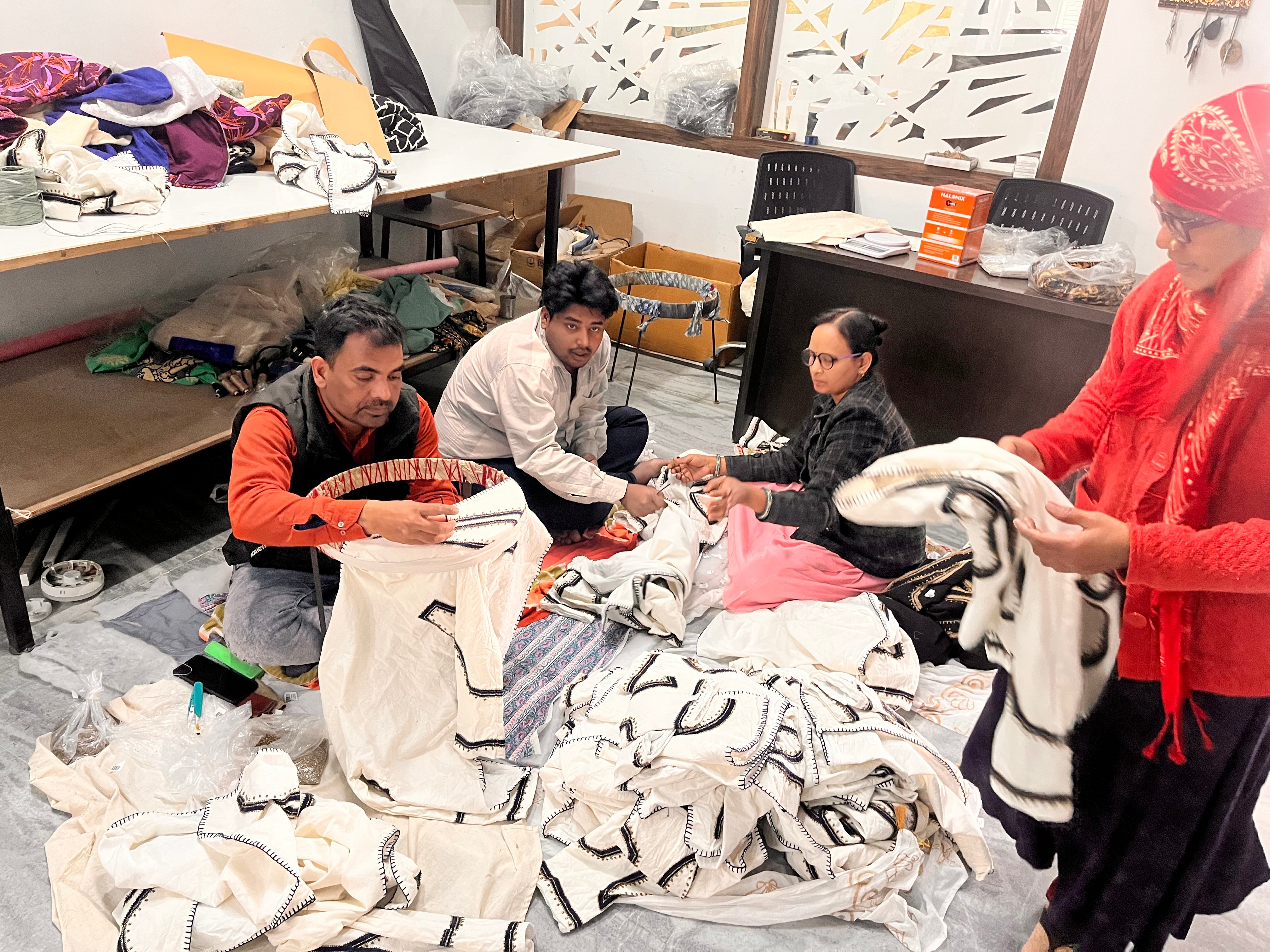Article: The Timeless Appeal of Embroidered Jackets

The Timeless Appeal of Embroidered Jackets
Embroidered jackets have been a staple of fashion for centuries, seamlessly blending artistry with functionality. These jackets transcend mere clothing, showcasing intricate designs that tell stories, celebrate cultures, or make bold style statements. Today, embroidered jackets are experiencing a resurgence, finding their place in contemporary wardrobes and bridging the gap between traditional craftsmanship and modern trends.
A Rich History
The art of embroidery has deep roots, with evidence of its practice in ancient civilizations from China to Egypt. Traditionally, embroidered jackets symbolized status, identity, or cultural heritage. For example, in Japan, ornate embroidery adorned traditional garments like haori jackets, while in India, zari embroidery with metallic threads embellished regal attire.
Modern Versatility
Modern embroidered jackets cater to diverse tastes, ranging from subtle floral accents to bold, intricate patterns. They are versatile enough to elevate casual outfits or complement formal wear. A denim jacket with colorful embroidery can add a bohemian flair to a laid-back look, while a tailored blazer with understated stitching exudes elegance.
Sustainability and Craftsmanship
In a world increasingly focused on sustainable fashion, embroidered jackets stand out. Many are handcrafted by skilled artisans, preserving traditional techniques and promoting ethical practices. By investing in such pieces, you’re supporting craftsmanship and slow fashion—a movement that values quality and longevity over fast trends.
Styling Tips
-
Casual Chic: Pair an embroidered bomber jacket with jeans and sneakers for a trendy, relaxed vibe.
-
Evening Elegance: Opt for a black velvet jacket with metallic embroidery to make a statement at formal events.
-
Cultural Fusion: Embrace global styles by incorporating embroidered jackets inspired by different traditions, such as Mexican Otomi or Moroccan designs.
Embroidered jackets are more than garments—they’re wearable art, blending history, culture, and fashion in every stitch.

